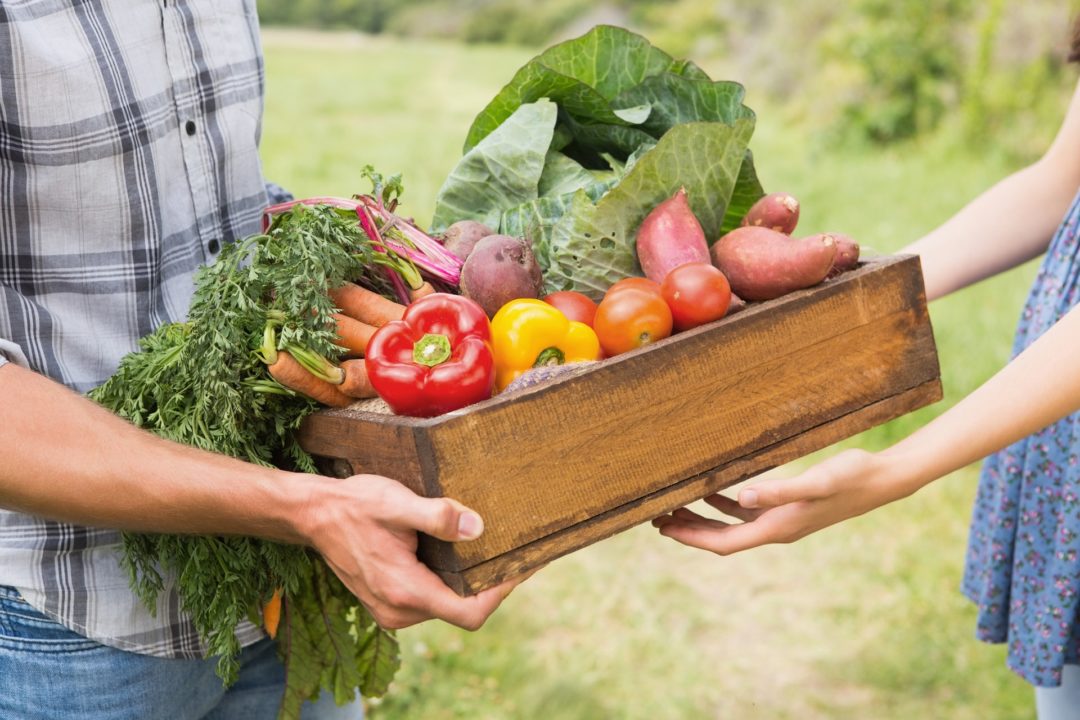
Organic Fresh Produce Sales Reach Nearly $5 Billion in 2017

The data, taken from retail stores across the U.S., showed that fresh vegetables topped sales at $2.4 billion, followed by organic fruit sales of $1.6 billion, and organic value-added produce sales of nearly 1 billion, bringing total sales to $4.8 billion.
Overall in 2017, sales of organic fruit volume and dollar sales were up 12.6% from 2016, while organic fresh vegetables sales showed a 4% increase in dollar sales and a 6% increase in overall volume.
Organic packaged salad was again the leading organic fresh produce item sold last year, approaching $1 billion in sales.
Packaged salad still accounts for one in five organic dollars, but the 2.3% growth rate was below the department average.
The most notable growth occurred within organic fruits, due to a 23% increase in organic berry volume sales. Not far behind was the growth of bananas and apples. Organic berry sales, which include strawberries, blueberries and blackberries, topped $586 million in 2017, with volume up 22% from last year. Organic apple and banana volume increased 11 and 17.5% respectively last year, while the average retail prices for each category were down 8 and 3%.
“What’s most impressive about these two categories is the growth they were able to achieve in organic despite stagnant or declining conventional fresh produce sales. This also highlights that even the most mature categories have opportunity to grow the consumer base and sales through an organic offering,” said Matt Seeley, co-founder and CEO, of Organic Produce Network. “Not many product groups can claim double-digit growth in today's competitive environment, which reinforces the power and importance of organic produce.”
Rounding out the top five was double-digit growth from organic fresh produce, beverages and the herb and spices segment.
“Potatoes, grapes and citrus all rank in the top 10 for conventional sales but fail to crack the top 10 in organic sales which shows that some categories still have opportunity for an increased market presence," said Matt Lally, an associate director at Nielsen.
“Understanding and setting pricing strategies between conventional and organic varieties is critical for success," he added. "People will pay a premium for organic, but at some point, they will trade to conventional or out of the category all together.”
Millennials have been linked to the explosion in organic sales. And as millennials enter their parenting years, the impact on the nearly $50 billion organic market could be transformative, we reported recently in Whole Foods Magazine.

The editorial team at WholeFoods Magazine has decades of experiences reporting on natural products industry news, trends, and more. This national, monthly business-to-business magazine has been published continuously for nearly 40 years (the magazine was founded in 1977, and has been owned by Wainer Finest Communications since 1984). It is the longest-tenured media outlet of its kind in the natural products industry. The editorial focus at WholeFoods Magazine is, and always has been, on informing and educating members of the natural products industry.
The Magazine
Information
About Us
NOTE: WholeFoods Magazine is a business-to-business publication. Information on this site should not be considered medical advice or a way to diagnose or treat any disease or illness. Always seek the advice of a medical professional before making lifestyle changes, including taking a dietary supplement. The opinions expressed by contributors and experts quoted in articles are not necessarily those of the publisher or editors of WholeFoods.







